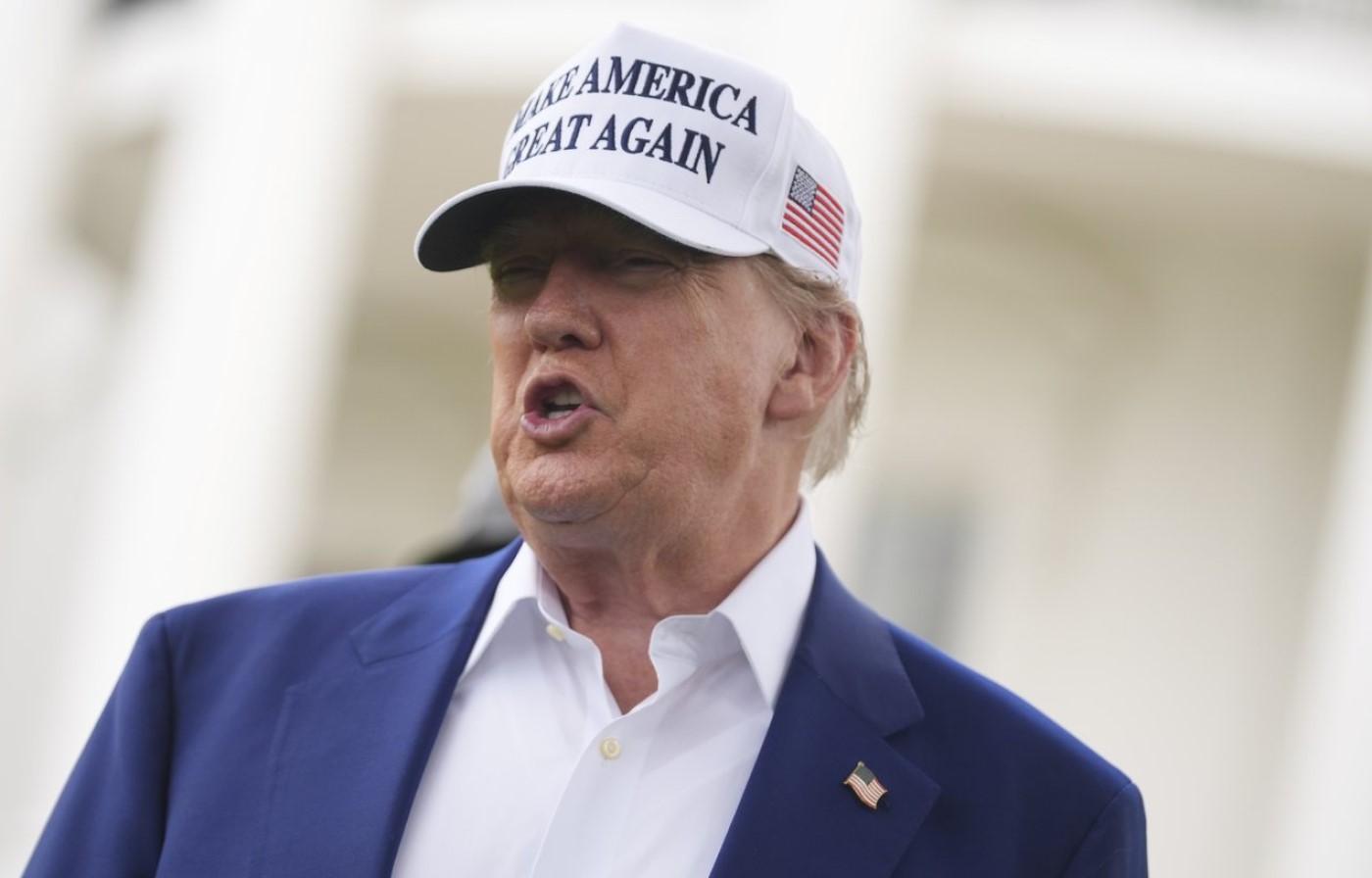Presidential Travel Expenses: A Comprehensive Analysis of Costs, Security, and Accountability
The financial implications of presidential travel have become a focal point in American political discourse, representing one of the most complex and expensive operational challenges facing the federal government. Understanding the intricate balance between executive mobility requirements, national security imperatives, and responsible stewardship of public resources requires careful examination of both operational necessities and broader accountability frameworks.
The Complex Infrastructure of Executive Travel
Presidential travel operations constitute one of the most sophisticated logistical undertakings managed by the federal government. The security requirements alone demand unprecedented coordination across multiple federal agencies, extensive advance planning, and substantial resource allocation that extends far beyond immediate transportation costs.
The Presidential Airlift Group maintains a specialized fleet of aircraft designed exclusively for executive travel support. While the aircraft commonly known as Air Force One receives significant public attention, it represents merely one component of a comprehensive transportation ecosystem that includes backup aircraft, cargo planes for equipment transport, advance security teams, and multi-layered protection protocols implemented at every destination.
Operational complexity begins weeks before any presidential departure. Advance teams conduct thorough security assessments, coordinate with local law enforcement agencies, establish secure communication networks, and develop comprehensive contingency plans for various scenarios. These preparatory activities involve dozens of specialized personnel and can generate costs exceeding hundreds of thousands of dollars before the president leaves Washington.
The aircraft fleet itself represents a significant ongoing financial commitment. Beyond the famous VC-25A aircraft serving as Air Force One, the presidential fleet includes C-32A aircraft for backup operations and shorter trips, specialized cargo aircraft for transporting the presidential limousine and security equipment, and various support aircraft. Maintenance requirements, fuel consumption, crew training programs, and operational readiness for this entire fleet necessitate substantial annual budget allocations.
Ground transportation adds additional layers of complexity and expense. The presidential motorcade typically encompasses the armored presidential limousine, backup vehicles, security escort cars, communication vehicles, medical support units, and local law enforcement escorts. This entire convoy frequently requires transportation to destination cities via cargo aircraft, significantly multiplying overall transportation costs.
Security Requirements and Associated Costs
Presidential security protocols have evolved dramatically over recent decades, driven by changing threat assessments and advancing technological capabilities. The Secret Service must evaluate and prepare for numerous potential scenarios whenever presidential travel occurs, requiring extensive coordination with local law enforcement, comprehensive advance security sweeps, and establishment of secure perimeters around all presidential destinations.
The scope of security preparations is extensive and resource-intensive. Every location the president will visit undergoes comprehensive security assessments, including structural evaluations, communications testing, and detailed threat analysis. Buildings may require temporary modifications, additional security equipment installation, and continuous monitoring for days or weeks preceding a presidential visit.
Airspace security represents another significant expense category. Presidential travel necessitates Federal Aviation Administration coordination of temporary flight restrictions, which can impact commercial aviation operations and impose costs on airlines and passengers. Military aircraft may be deployed to provide aerial coverage, and radar systems require enhanced monitoring throughout presidential movements.
These security measures extend to accommodation facilities, transportation routes, communication systems, and emergency response planning. Local law enforcement agencies often absorb substantial additional costs when hosting presidential visits, including overtime payments for officers, specialized equipment deployment, and disruptions to normal operational procedures.
The financial burden on local communities can be considerable, particularly for smaller jurisdictions lacking resources to easily absorb these expenses. Municipalities hosting presidential events may find their entire police force working extended overtime shifts for several days, straining budgets and affecting routine law enforcement operations.
Medical support requirements add another dimension to travel expenses. Complete medical teams, including physicians, nurses, and emergency medical technicians, must accompany presidential travel. Emergency medical equipment, blood supplies, and specialized communication systems for medical emergencies must be transported and maintained at every destination.
Official Versus Personal Travel Distinctions
One of the most contentious aspects surrounding presidential travel costs involves distinguishing between official government business and personal activities. Federal regulations mandate that certain costs associated with personal travel be reimbursed to the government, but practical implementation of these requirements presents significant complexities.
When presidential travel combines official duties with personal activities, determining appropriate cost allocation becomes challenging. Security requirements remain constant regardless of visit purposes, meaning the vast majority of travel costs must be absorbed by taxpayers even when trips include substantial personal components.
This situation has generated ongoing debate regarding appropriate standards for presidential travel and the extent to which personal preferences should influence government spending decisions. Critics argue that frequent travel to personal properties represents inappropriate use of public resources, while supporters contend that presidents require operational flexibility to maintain effectiveness and personal well-being.
Historical Context and Evolution
Presidential travel expenses have attracted public attention and political criticism across multiple administrations. Each presidency has faced scrutiny regarding travel spending, with critics often highlighting costs during periods of economic difficulty or when travel appears excessive relative to official duties.
The evolution of presidential travel costs reflects broader changes in security requirements, transportation technology, and public expectations for presidential accessibility. Early presidents traveled relatively simply, often utilizing existing commercial transportation or basic government vehicles. Franklin Roosevelt pioneered regular use of aircraft for official travel, though security requirements remained minimal by contemporary standards.
The assassination of President Kennedy marked a watershed moment in presidential security consciousness, leading to dramatically enhanced protection protocols that significantly increased travel costs. Subsequent security incidents throughout the 1960s and 1970s further reinforced the necessity for comprehensive protective measures.
Post-September 11th security requirements have driven travel costs to unprecedented levels. The contemporary threat environment facing presidents requires security measures that were unimaginable in earlier eras, including enhanced aviation security, expanded threat assessment capabilities, and more comprehensive protective protocols.
Economic Impact Analysis
The economic implications of presidential travel extend beyond direct government expenditures to encompass broader effects on local economies and business operations. Presidential visits can provide economic benefits to destination communities through increased media attention, tourism promotion, and local spending by security personnel and support staff.
Hotels, restaurants, and service providers often experience increased business during presidential visits, as hundreds of security personnel, media representatives, and support staff require accommodations and services. This influx can provide significant short-term economic benefits, particularly for smaller communities that don’t regularly host large-scale events.
However, these visits can also impose costs on local businesses and residents through traffic disruptions, airspace restrictions, and security-related access limitations. Retail establishments near presidential event locations may experience reduced customer access due to security perimeters, potentially offsetting benefits from increased security personnel spending.
The hospitality industry faces unique challenges during presidential visits. While hotels may benefit from guaranteed bookings, they must also implement enhanced security measures, restrict access for other guests, and coordinate with security agencies. These requirements can create operational challenges and additional costs that may offset revenue benefits.
Transportation disruptions represent another significant economic impact. Road closures, flight restrictions, and public transit modifications can affect thousands of commuters and travelers, imposing costs on individuals and businesses. Commercial flights may experience delays or cancellations, affecting airline operations and passenger schedules.
Oversight and Accountability Mechanisms
Congressional oversight of presidential travel costs operates through several mechanisms, including budget appropriations, Government Accountability Office reviews, and legislative inquiries. These oversight processes aim to ensure that travel expenses remain appropriate, properly documented, and consistent with established policies.
The challenge of effective oversight involves balancing legitimate security concerns with public transparency requirements. Many details of presidential travel arrangements must remain confidential for security reasons, making comprehensive public evaluation difficult while maintaining accountability for spending decisions.
Reform proposals have included various measures to increase transparency, establish clearer guidelines for cost allocation between official and personal travel, and create more systematic reporting requirements. However, implementing such reforms must account for ongoing security needs and operational flexibility requirements.
Technology and Future Considerations
Advances in communications technology have created new possibilities for reducing presidential travel requirements while maintaining effective governance capabilities. Video conferencing, secure digital communications, and remote collaboration tools may enable presidents to conduct more business without requiring physical travel.
The COVID-19 pandemic accelerated adoption of virtual meeting technologies across government and private sectors, demonstrating that many functions previously requiring physical presence can be conducted effectively through digital platforms. Presidential participation in international summits, cabinet meetings, and stakeholder consultations has successfully utilized these technologies.
However, certain aspects of presidential duties, particularly international diplomacy and public engagement, may continue requiring physical presence and associated travel costs. The personal relationships and trust-building essential to diplomatic success often depend on face-to-face interactions that cannot be fully replicated through digital means.
Public Perception and Political Implications
Public attitudes toward presidential travel costs often reflect broader political preferences and economic conditions. During periods of economic difficulty, expensive travel can become politically problematic regardless of official justification. The perception of travel as excessive or inappropriate can influence public approval ratings and political support.
Media coverage of presidential travel costs varies significantly, with some outlets providing detailed financial analysis while others focus on political implications or lifestyle aspects. The framing of travel cost reporting can influence public perception and political discourse surrounding these issues.
Conclusion
The challenge of managing presidential travel costs reflects broader tensions in democratic governance between executive effectiveness, security requirements, public accountability, and fiscal responsibility. Finding appropriate solutions requires careful consideration of legitimate operational needs while maintaining public trust and responsible stewardship of taxpayer resources.
Future approaches to this issue will likely need to incorporate technological advances, evolving security threats, changing public expectations, and lessons learned from both domestic experience and international practices. The goal should be maintaining presidential effectiveness while ensuring appropriate accountability and cost control measures.
Ultimately, the management of presidential travel costs represents a microcosm of larger questions about government spending, executive accountability, and the balance between public service and personal considerations in democratic leadership. Addressing these challenges effectively requires ongoing attention from oversight bodies, political leaders, and engaged citizens committed to responsible governance.

Lila Hart is a dedicated Digital Archivist and Research Specialist with a keen eye for preserving and curating meaningful content. At TheArchivists, she specializes in organizing and managing digital archives, ensuring that valuable stories and historical moments are accessible for generations to come.
Lila earned her degree in History and Archival Studies from the University of Edinburgh, where she cultivated her passion for documenting the past and preserving cultural heritage. Her expertise lies in combining traditional archival techniques with modern digital tools, allowing her to create comprehensive and engaging collections that resonate with audiences worldwide.
At TheArchivists, Lila is known for her meticulous attention to detail and her ability to uncover hidden gems within extensive archives. Her work is praised for its depth, authenticity, and contribution to the preservation of knowledge in the digital age.
Driven by a commitment to preserving stories that matter, Lila is passionate about exploring the intersection of history and technology. Her goal is to ensure that every piece of content she handles reflects the richness of human experiences and remains a source of inspiration for years to come.
